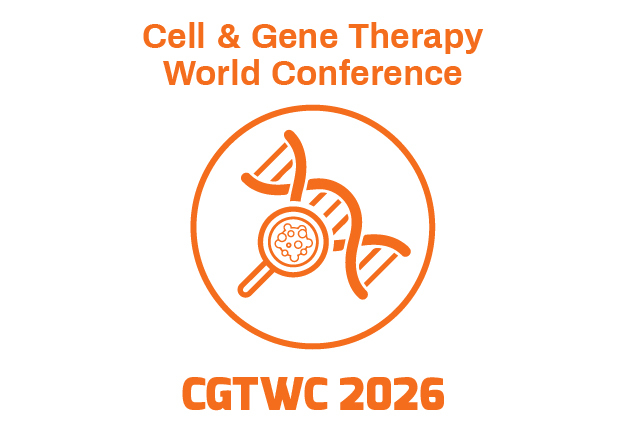Speakers - 2025
Feng Qu
- Designation: Purdue University, Department of Chemistry
- Country: United States
- Title: Modular Elastin Like Polypeptide Nanoparticles for mRNA Delivery
Abstract
Gene therapy is emerging as a transformative therapeutic modality, yet its widespread application is hindered by reliance vector systems that have significant liabilities. Viral vectors carry inherent risks such as genomic integration, limited payload capacity, and prohibitive manufacturing costs. Non-viral vectors, particularly lipid nanoparticles (LNPs), have shown clinical promise, but suffer from physical & chemical instabilities as well as immunogenicity issues associated with key components like ionizable lipids and PEG. Inspired by the design principles employed by virus assembly/disassembly, we have developed a novel modular peptide-based nanocarrier system employing elastin-like polypeptides (ELPs) and cationic oligopeptides to overcome these challenges.
Unlike conventional synthetic polymer or fusion protein-based ELP systems, our modular design independently optimizes nucleic acid condensation, surface masking, and targeting functionalities, enabling precise control and providing deeper insights into their contributions to particle stability and delivery efficiency. A cationic oligopeptide is used to efficiently condense RNA and facilitate endosomal escape, while the ELP module provides steric stabilization, biocompatibility, and controlled assembly through thermally responsive phase transitions. This design strategy enables precise tuning of particle stability, surface charge, and stimulus-responsive dissociation, enhancing endosomal escape and cytosolic delivery without the drawbacks associated with PEG immunogenicity.
To systematically evaluate this approach, we synthesized seven distinct oligopeptide conjugates and six ELP variants with tunable guest residues, allowing precise modulation of particle biophysical properties. Particle assembly and characterization by dynamic light scattering (DLS), small-angle X-ray scattering (SAXS), isothermal titration calorimetry (ITC), and cryogenic electron microscopy (Cryo-EM) will be reported. Functional performance, assessed via luciferase mRNA transfection assays in vitro, will also be described. Identification of critical structure-function relationships that enhance RNA delivery efficiency and stability has provided significant insights into developing next-generation peptide-based RNA therapeutics.


